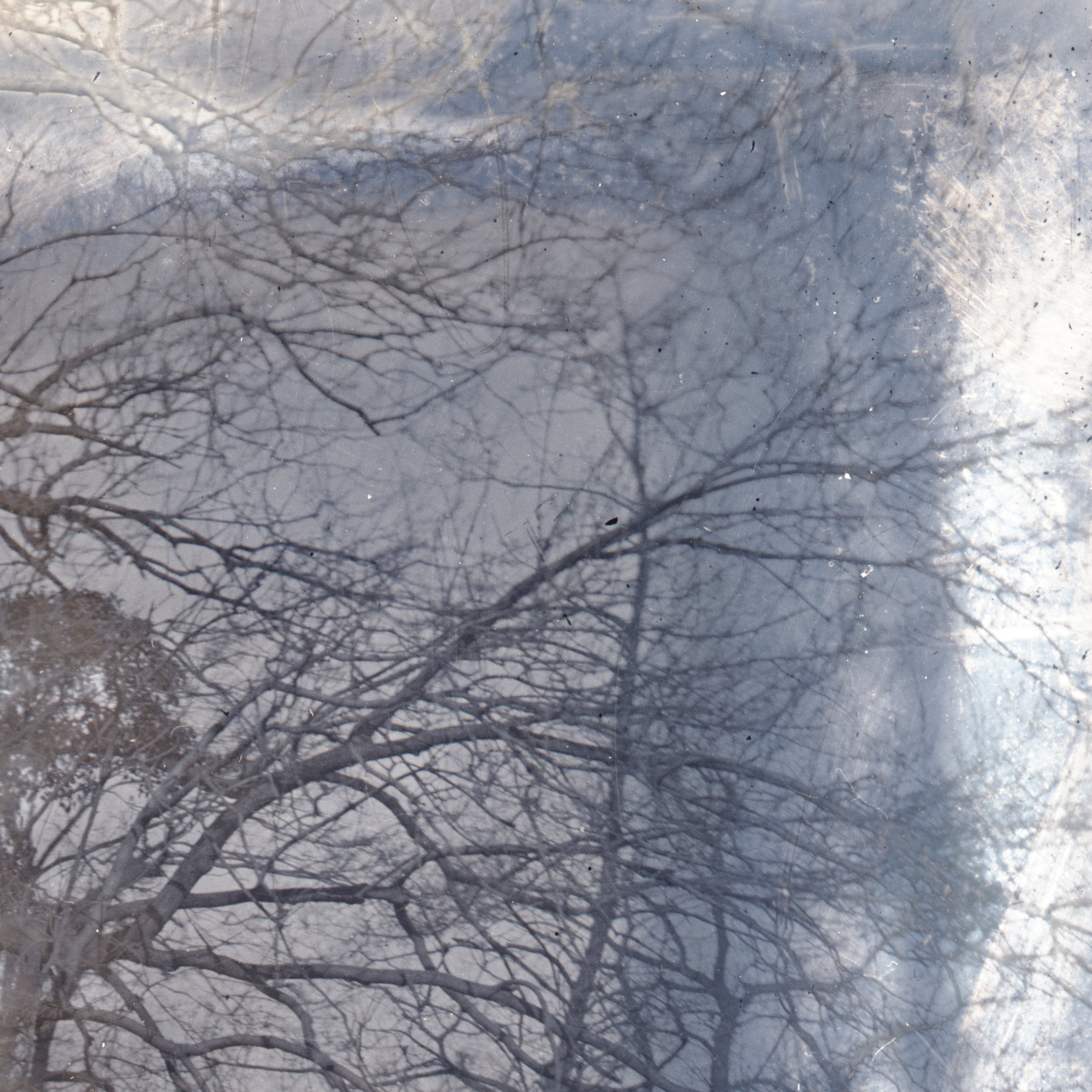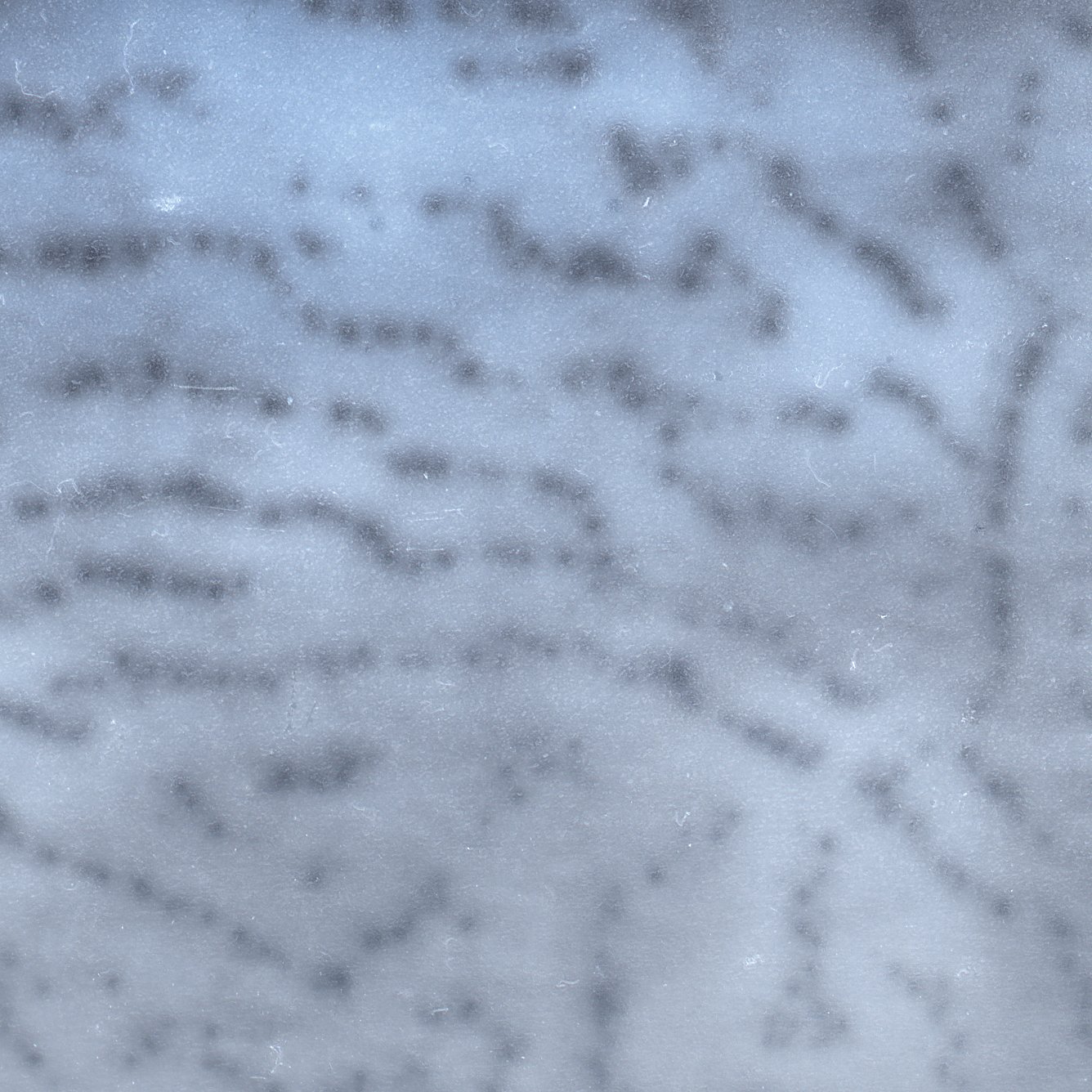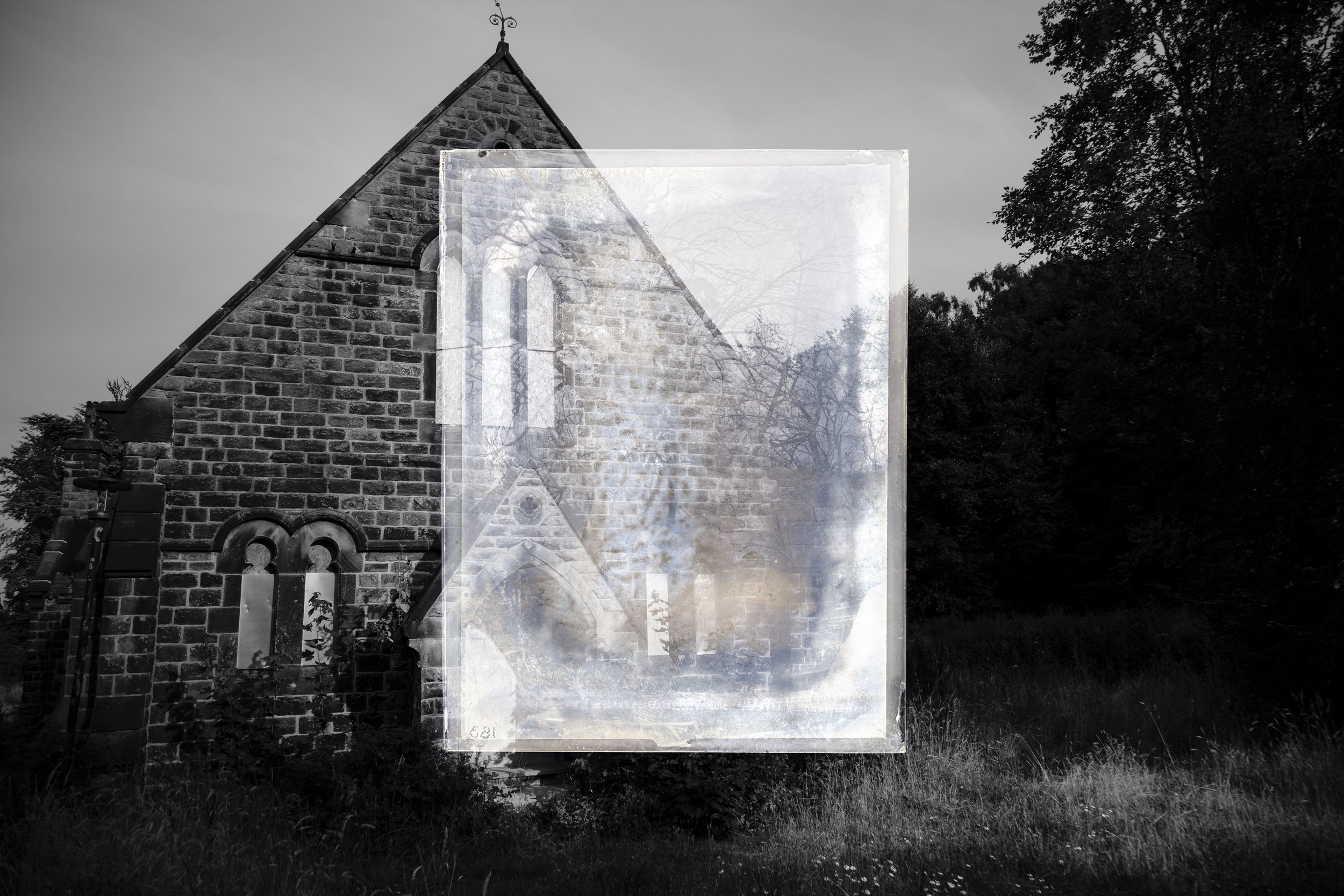The Remote Viewer
This two-screen immersive projection work was installed at Light Night in Leeds, 2018.
Alongside a photobook entitled A Window on Time, this was one of the key outputs of my practice-led doctorate Aura and Trace: The Hauntology of the Rephotographic Image
Aura & Trace
This research utilises and deconstructs the contemporary practice of rephotography, investigating what it can tell us about the changing ontology of the photographic artefact, in a purportedly post-medium and post-digital culture.
The work uses scanned archival images, some of which have been badly damaged over time, alongside bespoke photography of the lost urban landscapes they depict, to create new digital media artworks which explore the representation of absence and passage of time itself. These processes and their outcomes raise important questions about memory and mediation, digital representations of the past, and most crucially for this research, they interrogate theory regarding the ontology of photography in the archive - specifically the Derridean notion that the photograph is intrinsically spectral, and that the archive is always under some form of erasure.
For Derrida all media was best understood as a form of technological ghost, continually re-haunting itself as media forms and practices change, but traces of the past return in new forms. This spectrality was always present but was seemingly accelerated by the digital turn, even as older analogue images 'felt' more auratic and haunting. In order to understand the photographic object in these new contexts, a 'hauntology', rather than an ontology, should be employed, to understand what underlies these spectral media fragments - their absence/presence, their materiality/immateriality - how they are used in modern visual culture and their potential meaning as a form of haunting.
The practice research used two photographic archives of the same city, from the same period (c.1900), and compared them through various deconstructions of the rephotographic form, examining closely the role played by their artefactual materiality, content and context (within both analogue and digital realms), looking for signifiers of hauntological quality. The focus of these observations became the auratic role of the decaying medium in revealing the authenticity, age, absence and spectrality of the trace. This then shifted to a wider consideration of how these 'analogue' surface features can become fetishized and simulated within various hauntological practices - at a time of ongoing analogue revival and returning notions of medium in the arts.
Like a ghost, this photographic apparition will continue to surprise us with its presence, long after its original manifestation is supposed to have departed from the scene… Photography has been haunted by the spectre of such a death, throughout its long life, just as it has always been inhabited by the very thing, digitization, which is supposed to deal its fatal blow. In other words, what is at stake in the current debate is not only photography’s possible future, but also the nature of its past and present
Batchen, G. 1994. Phantasm: Digital Imaging and the Death of Photography. Aperture. 46(136).
Geoffrey Batchen wrote this on photography at the dawn of its wholesale digitisation. It seems photography is still haunted by these concerns, by its past and its inevitabe demise at some unknown point in the future. But as photography is the very medium of haunting, of returning and of preserving - this should come as no surprise. Photography will continue to haunt itself, as it continues to haunt and distort our view of both the past and present.
Two Views of Time
This work presents two different views of a city which no longer exists.
Using archive images of Leeds, the installation explores the photograph as representation of loss – the impossibility of time-travel, despite our saturation in pictures and traces of the past. By placing these artefacts back in the scenes in which they came from, the modern city is re-haunted by a change we can no longer fathom, by the scale of urban transformation which has taken place.
Two views of the same city are contrasted. Godfrey Bingley’s vision of a bucolic Headingley, just before its rapid urbanisation, and Leeds Corporation’s record of a condemned slum on Quarry Hill. All of the original images used were taken between 1888 and 1910, but the lost cities they represent seem very different – which is not to say they can be easily categorised – urban or rural, rich or poor, heaven or hell.
Rephotography usually tries to take exactly the same photo again, so we can compare then with now. But all these locations have transformed beyond recognition, so here the images of past and present cannot be reconciled. In attempting to take the rephotographs anyway, the form deconstructs itself. Further deconstruction is provided by the accompanying sound, recorded at various stages of the image-making: scanning the glass plates, walking the two areas looking for the disappeared streets, and the sound of the camera itself, recording the new views of Leeds. Quarry Hill is being developed again. We can hear the sound of construction in the background, haunting the old images from the future.






AURAS: OLD ANALOGUE PHOTOGRAPHS – Details taken from Godfrey Bingley’s glass plate negatives and the Quarry Hill photographs (paper prints) in order to isolate signifiers of their materiality and age. The physical artefacts have been scanned at high resolution so we can study these features – what makes these objects auratic and how does this affect the trace we can see – paradoxically, we have to digitise the slides and prints in order examine them closely enough. How is the medium affecting the trace? Is this material? Is this then? Is this auratic?
Deconstructed Rephotography
“Deconstructed rephotography presented a new way of using archival images to haunt and problematize urban space, reflecting rather than revealing some overwhelming and intractable changes to the urban landscape. There was a frustration of the usual reading of rephotography to spatially orientate ourselves, that I’m not sure we could call completely successful, at least in terms of its display as static images. These problems were transcended in The Remote Viewer, however, as rephotography was rendered an immersive and auratic experience via its reanimation as a drifting projected form, fading in and out of spatial existence.
But what of my original aims? Through rephotographic practice I hoped to learn something of the spectrality of photography. Is it the ontological essence of the photographic image as Derrida inferred, part of the fabric of all photography, or is the haunting photograph an anomaly, specific to a given image and its referent? The research seems to have largely confirmed Derrida’s supposition. Even photographs without an obvious haunting referent, such as a ghostly figure or poignant relationship to personal memory, can be made to haunt us by virtue of their structural relationship to time, their unstable opacity, their decaying materiality as artefacts and the transmutable immateriality of the photographic trace.”
Aura and Trace, 2018








